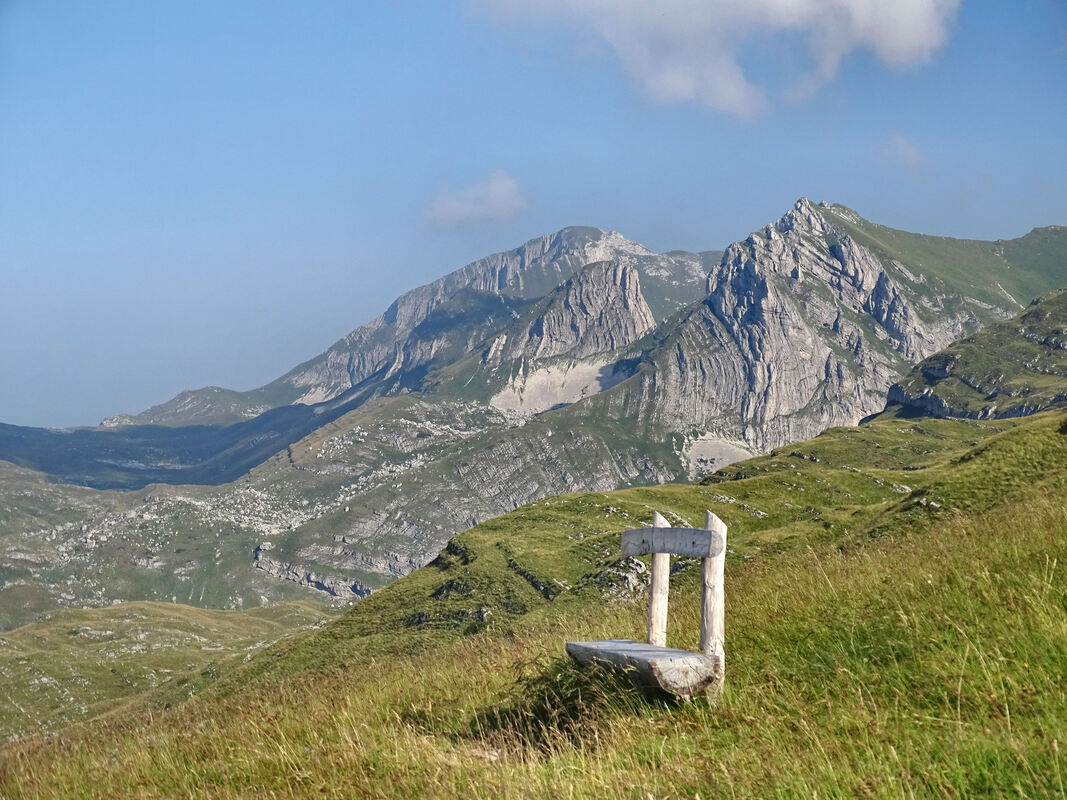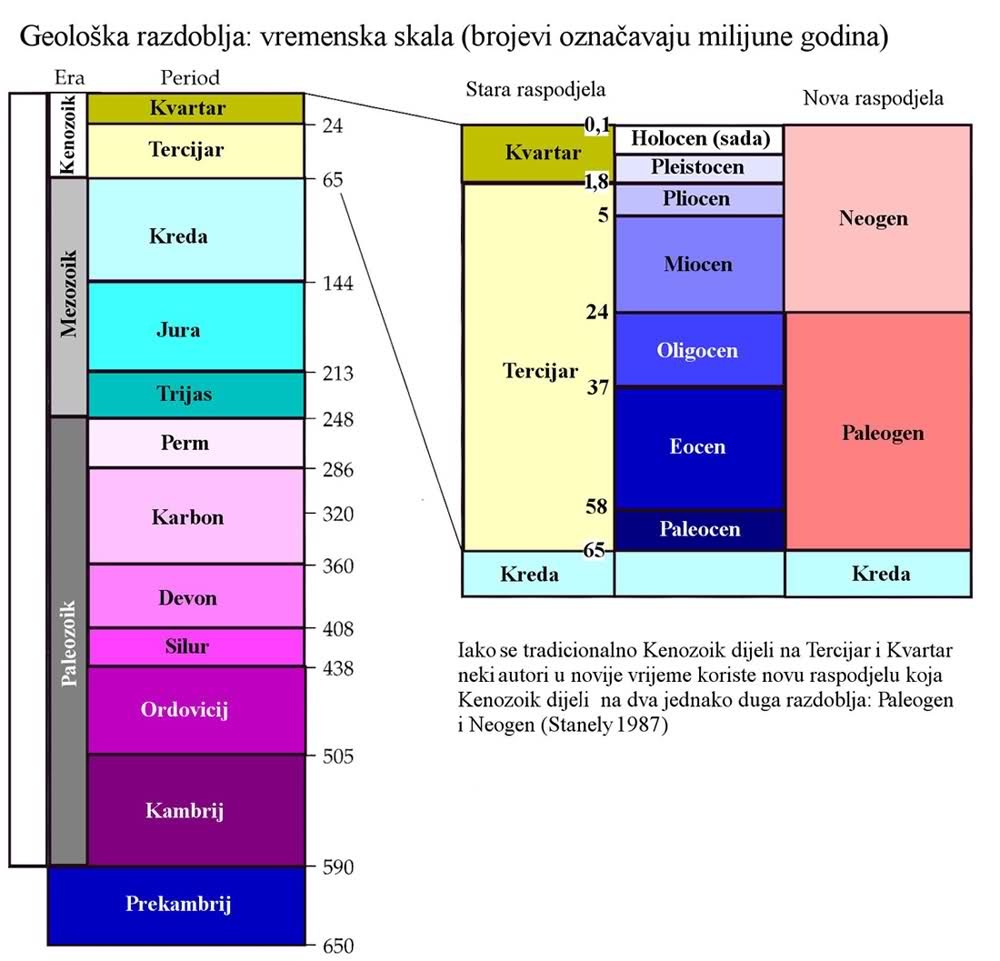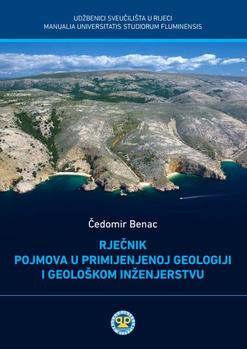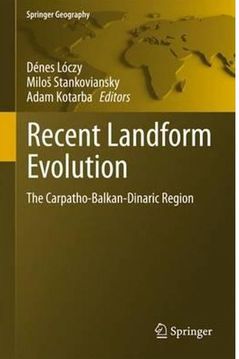|
Geologija i hidrologija
Stijene koje izgrađuju najveći dio Dinarskog gorja nastajale su u velikom oceanu Tethys tijekom dugog geološkog vremena od razdoblja krede (prije 140 milijuna godina), pa sve do sredine tercijara (prije 30 milijuna godina). Taloženjem mineralnih skeletnih ostataka vodenih organizama tijekom milijuna godina, nastajali su debeli slojevi taloga koji su, postupnim procesima kompakcije i cementacije, na kraju pretvoreni u čvrstu stijenu – vapnenac (krečnjak). O tome svjedoče brojni fosili koje nalazimo u taložnim vapnenačkim stijenama. Sudar Afričke ploče s Europskom, koji je započeo još krajem krede prije 65 milijuna godina, a traje i danas, uzrokovao je smanjenje oceana što je popraćeno intenzivnim tektonskim pokretima. Horizontalni su se slojevi (prvotno istaloženi na dnu oceana) naborali, razlomili i izdigli iz mora te stvorili goleme planinske lance kao što su Alpe i Dinaridi. Njihovim je trošenjem u dublje dijelove mora stizao, povremeno nošen podmorskim lavinama, sitnozrnasti sediment od kojeg su nastale uslojene stijene koje nazivamo fliš. IZVOR WIKIPEDIJA |
Izvor: Blog Opstanak planeta Zemlje (http://blog.dnevnik.hr/opstanak)
Pročitaj više o porijeklu i povijesti Zemlje i geološkim razdobljima - OTVORI |
IZVORI I LITERATURA
Geološka doba (srpski jezik) - OTVORI
Geološka časovna lestvica (slovenski jezik) - OTVORI
O vrstama stijena - OTVORI
Geološka časovna lestvica (slovenski jezik) - OTVORI
O vrstama stijena - OTVORI
GRÜTZNER, C.; ASCHENBRENNER, S.; JAMŠEK RUPNIK, P.; REICHERTER, K.; SAIFELISLAM, N.; VIČIČ, B.; VRABEC, M.; WELTE, J.; USTASZEWSKI, K.: Holocene surface rupturing earthquakes on the Dinaric Fault System, western Slovenia. Solid Earth Discuss. [preprint], https://doi.org/10.5194/se-2021-7, in review, 2021. (PDF)
- Sažetak; Abstract. The Dinaric Fault System in western Slovenia, consisting of NW-SE trending, right-lateral strike-slip faults, accommodates the northward motion of Adria with respect to Eurasia. These active faults show a clear imprint in the morphology and some of them hosted moderate instrumental earthquakes. However, it is largely unknown if the faults also had strong earthquakes in the Late Quaternary. This hampers our understanding of the regional tectonics and the seismic hazard. Geological evidence of co-seismic surface ruptures only exists for one historical event, the 1511 Idrija Earthquake with a magnitude of ~M6.8, but the causative fault is still disputed. Here we use geomorphological data, near-surface geophysical surveys, and paleoseismological trenching to show that two of these faults, the Predjama Fault and the Idrija Fault ruptured in strong earthquakes in the Holocene. In a paleoseismological trench across the Predjama Fault we found at least one earthquake with a minimum magnitude of MW6.1 that occurred between 13–0.7 ka, very likely not earlier than 8.4 ka. At the Idrija Fault, a surface-rupturing earthquake with a magnitude of at least MW6.1 happened in the last ~2.1 ka. This event could correspond to the 1511 Idrija earthquake. Our results show that the faults rupture in rare, but strong earthquakes, which dominate the seismic moment release. We show that instrumental and historical seismicity data do not capture the strongest events in this area. The fact that many of the NW-SE trending, parallel faults are active implies that the deformation in western Slovenia is distributed, rather than focussed on one major structure.







